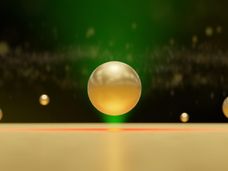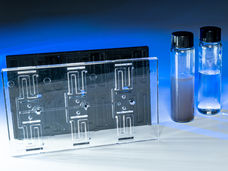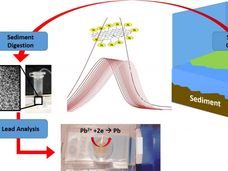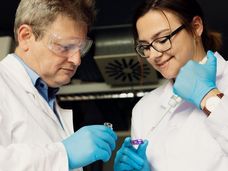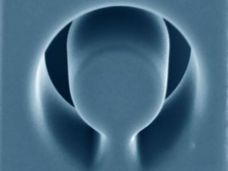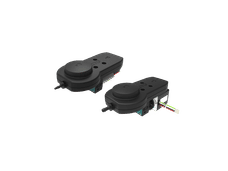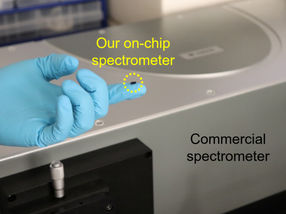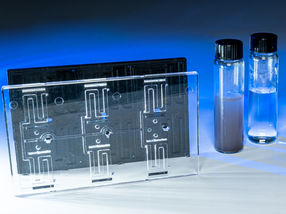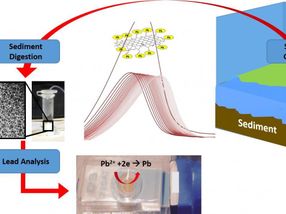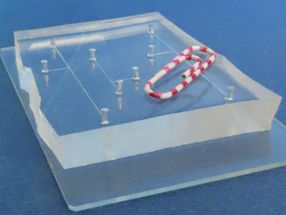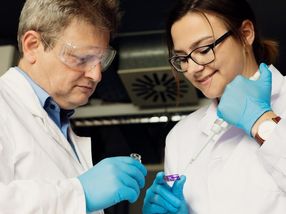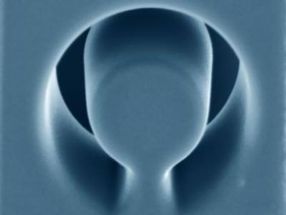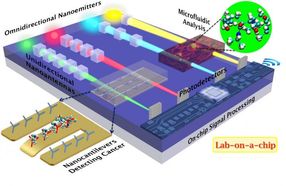Lab-on-a-chip - 13 News
Tip: You can further refine your news selection by departments, organizations, countries and industries.
Lab-on-a-chip - 13 News
Tip: You can further refine your news selection by departments, organizations, countries and industries.
Loading...
These products might interest you
Lab-on-a-chip - News by department
Lab-on-a-chip - News by industry
Haven't found the right news yet?
The chemeurope.com news search
Start your targeted search now with a wide range of filter options. Our database includes an archive of 27,534 chemistry news from business and science, which you can search by topic and organization, filtered by time and geography.



